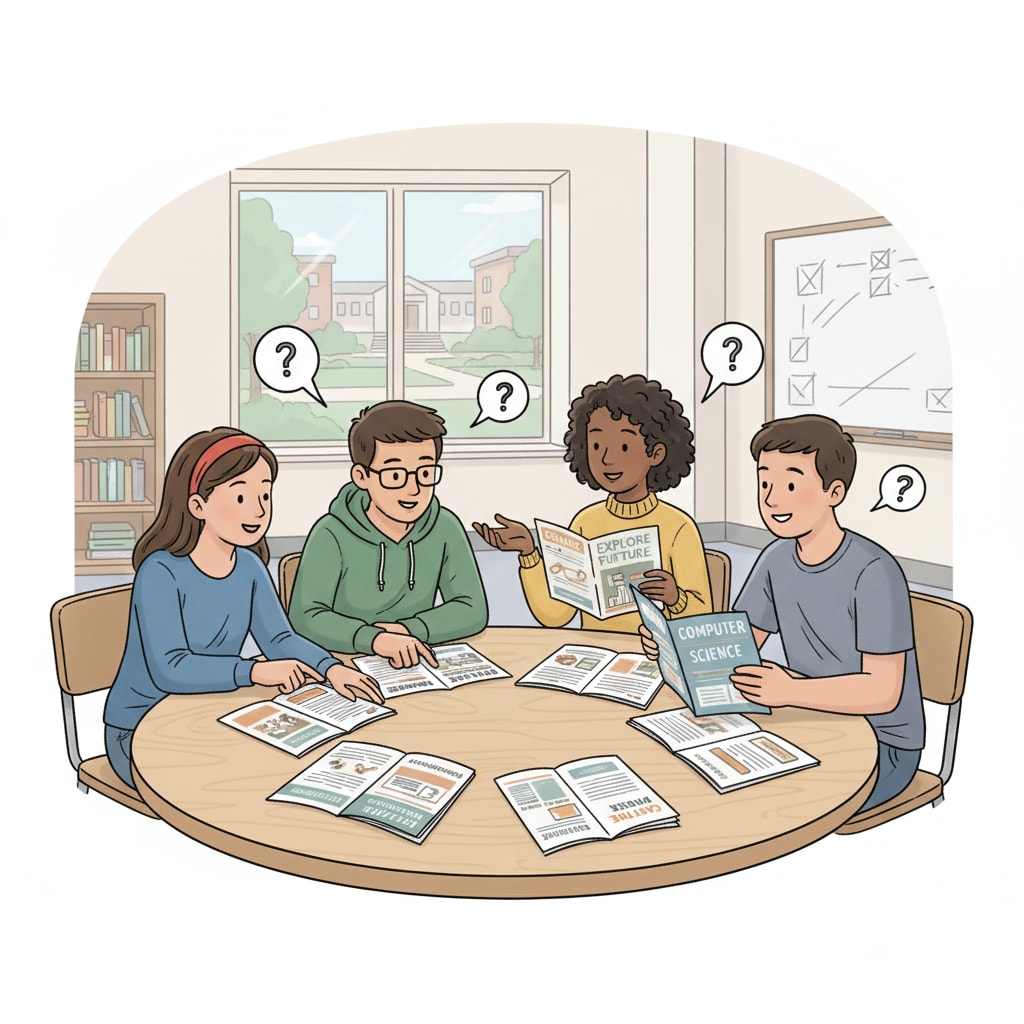Professional choice, career direction, and interest exploration are crucial aspects that high school students often grapple with when it comes to selecting a college major. In today’s complex educational landscape, many students find themselves in a state of anxiety due to a lack of in – depth understanding of different majors and career paths.

The Dilemma of Professional Choice
For high school students, the process of choosing a college major can be overwhelming. There are numerous options available, each with its own set of requirements and potential career outcomes. Many students base their initial interest on surface-level attractions, such as popular majors or recommendations from family and friends. However, these surface interests may not align with their long – term career goals. For example, a student might be interested in computer science because of the high demand and good salary prospects, but they may not have a true passion for programming or the technical aspects of the field. As a result, they may struggle once they start their college courses. According to Britannica, proper career guidance at this stage is essential to help students make informed decisions.

The Gap Between Surface Interest and In – Depth Exploration
Surface interest often fails to capture the essence of a particular field. It is like seeing the tip of an iceberg. Students may be drawn to a major based on its reputation or the perceived glamour associated with it. But when they dig deeper, they may discover that the reality is quite different. For instance, a student interested in medicine may be attracted by the prestige of being a doctor, but may not be aware of the long hours of study, the high stress levels, and the complex ethical issues involved. In – depth exploration involves understanding the curriculum, the skills required, and the day – to – day work of a professional in that field. By referring to resources like Wikipedia’s career development page, students can gain more insights into different career paths.
To bridge this gap, students need to engage in activities that allow them to experience different fields firsthand. This could include internships, volunteer work, or attending workshops related to various majors. These experiences can help students understand if their initial interest is indeed a sustainable one for a long – term career.
Readability guidance: Here, we see how the lack of in – depth exploration can lead to problems in professional choice. The key is to encourage students to move beyond surface interest and explore the realities of different fields.
The solution lies in starting the career planning process as early as the K12 stage. This involves introducing career education in schools, where students can learn about different occupations, industries, and the skills required for each. Teachers and parents should also play an important role in guiding students to explore their interests. By starting early, students have more time to understand themselves, their interests, and the career paths that align with them. This way, they can make more confident and informed decisions when it comes to choosing a college major.


